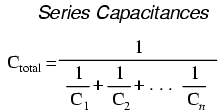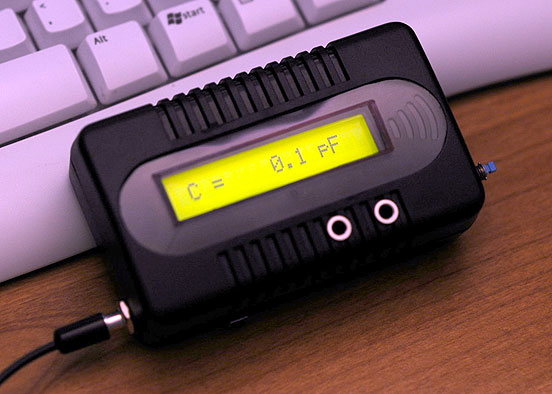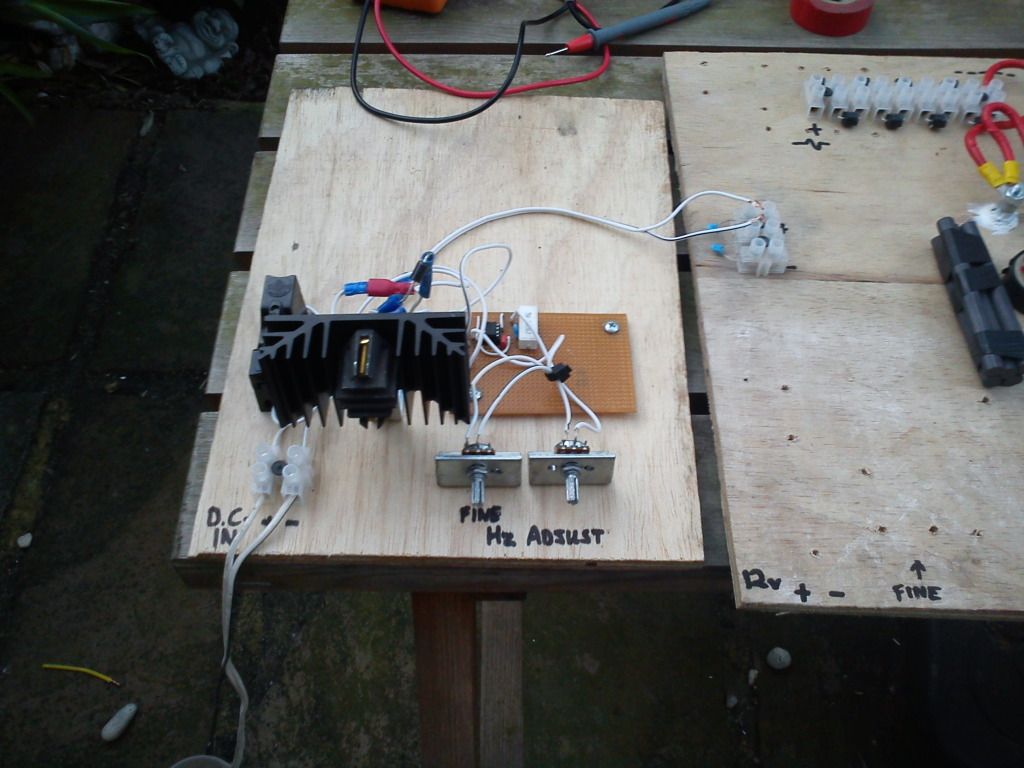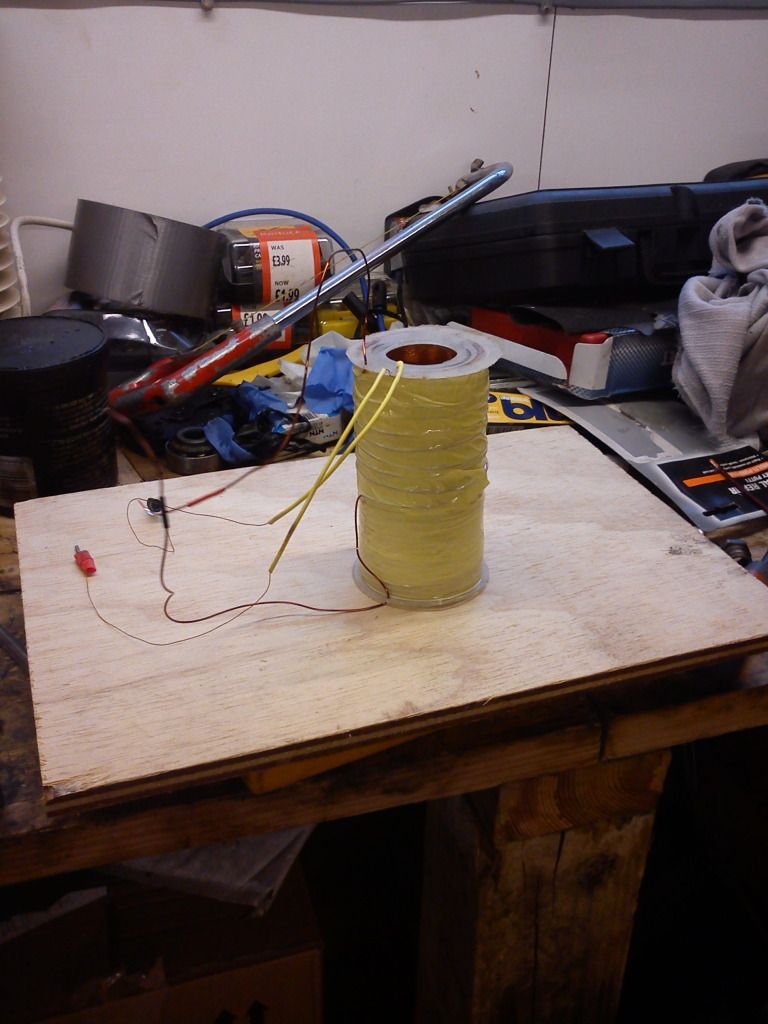insulation
@nutgone
dont know what voltage your step up coil produces, but 1 layer insulation tape between the hv coil and low voltage primary seems to me not enough if they are so close to each other
@nutgone
dont know what voltage your step up coil produces, but 1 layer insulation tape between the hv coil and low voltage primary seems to me not enough if they are so close to each other







 from me for that!
from me for that!






Comment